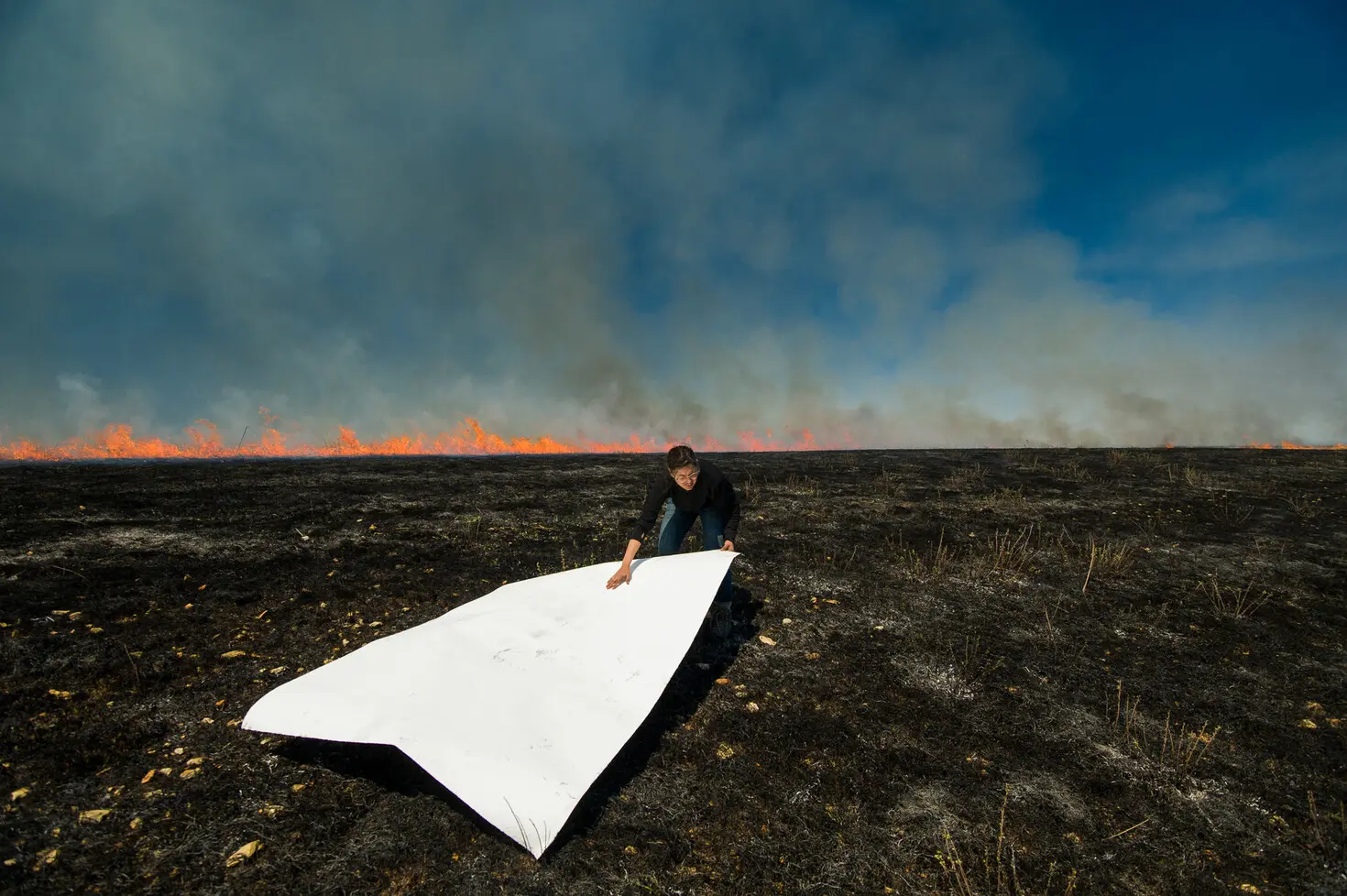Research


Researchers at University of Calgary Biogeoscience Institute's Barrier Lake Field Station. Photo courtesy of Dustin Angell.
At a time when humans are altering the world at an unprecedented pace and scale, the need for objective field research has never been more urgent. Just as research hospitals are critical for medical breakthroughs, and telescopes essential for extending our knowledge of the universe, field stations provide the critical real-world laboratories environmental scientists need to further our understanding of the Earth and its processes.
Field stations provide protected environments in which researchers can conduct the long-term studies required for making fundamental discoveries. They serve as meeting places where scientists from different disciplines — ecologists, geologists, or engineers — can come together to share their expertise and provide valuable new perspectives for approaching environmental questions. They also furnish a supportive environment where veteran researchers can extend their legacies by mentoring new generations of young scientists.
For well over a century, basic research conducted at biological field stations has provided the scientific data and expertise required to identify and address critical environmental challenges, whether the issue was acid rain, the environment's affect on the control or spread of new diseases, or ecosystem responses to global climate change. Today, many stations are also leading the way in the development of sustainable facilities that support the activities of researchers and students while also providing a model for community development.
"Scientists cannot live and work alone if they intend to effect change. [At field stations,] I saw scientists diligently working to reach out and translate their findings to a broader audience. They taught us that in order to protect our natural heritage we cannot only publish our results in journals. We must follow through by speaking out and acting upon the implications of our results."
— Theo Colborn (co-author of Our Stolen Future, on endocrine-disrupting chemicals in drinking water)

Research connected with field stations spans scales, seasons, and environments; from maintaining tallgrass prairie by controlled burns, to monitoring pollution via sediment sampling in frozen lakes, to tracking the transport of microscopic crab larvae in the oceans.
1Mountain Studies Institute,
2&3Konza Prairie Biological Station / Larry Schwarm
